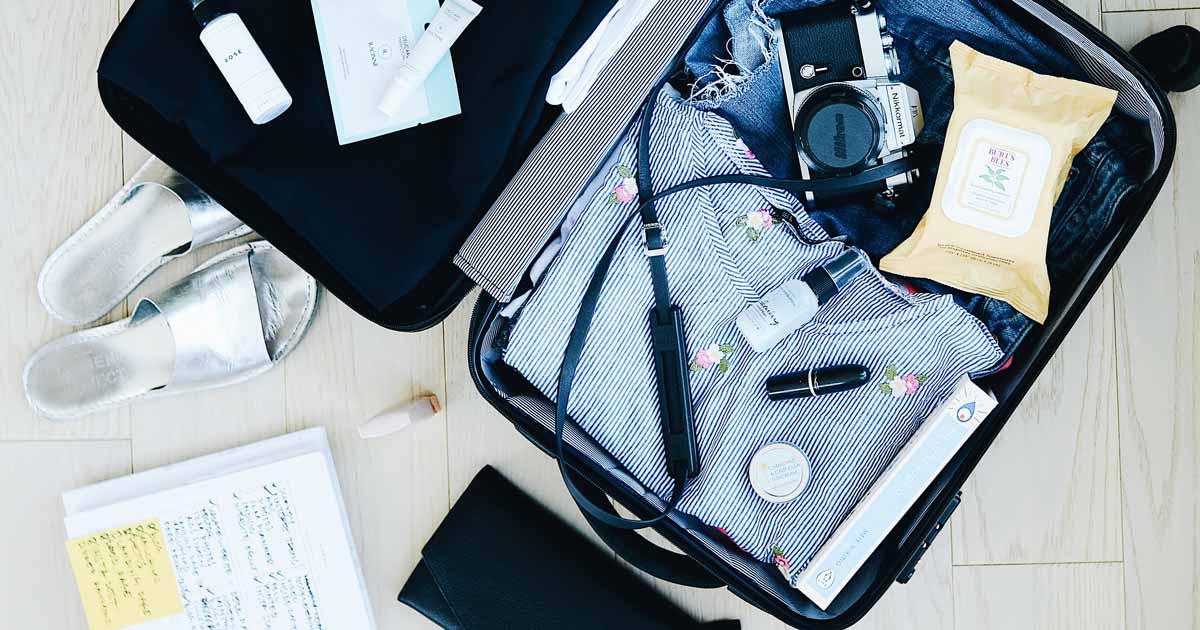
The Social Impact of Student Travel
While there are plenty of niche areas for tour operators and travel advisors to focus on, some would say none are quite as vastly impactful and influential as student travel.
A continuously growing sector, student travel has been proven to have incredibly beneficial social impacts on those students lucky enough to experience it.
Keep reading to learn more about why student travel could not only bolster your business, but fill your feel-good bucket, as well.
THE CURRENT STATE OF STUDENT TRAVEL AND BUSINESS
The 2024 SYTA Student Travel Business Barometer offers up much-needed historical data on the growth of the student travel sector. Findings indicate that not only is this niche currently flourishing, but it's expected to continue to do so well into the future. Some highlighted findings from the most recent Barometer include:
- Student travel represents 27% of global tourism.
- The estimated value of the student travel industry is $185 billion.
- More than 26,700 student trips have taken place with SYTA members.
- More than 3 million students have traveled with or used SYTA members.
WHAT ARE THE SOCIAL BENEFITS?
Students who travel with their classmates around the world are not only treated to incredible experiences which allow them to create lifelong memories, but they also become exposed to a number of social benefits that can have profound effects on the rest of their lives. Whether a trip is focused on educational value, performance opportunities or is simply just for fun, there's something to be gained.
According to post-travel findings from the SYTA Student & Youth Travel Digest, students reported ...
- An increased willingness to know, learn and explore (60%).
- A desire to travel more in the future (60%).
- An increase of independence, self-esteem and confidence (56%).
- More intellectual curiosity (55%).
- An increased acceptance of other cultures and ethnicities (52%).
- Better adaptability and sensitivity (49%).
- Increased tolerance and respectfulness (48%).
- Better cooperation and collaboration (43%).
- Better self-expression (42%).
- An increased desire to be more outgoing (40%).
In a time when cultural understanding, an expanded worldview and human connection is more important than ever, travel can hold the key for students broadening their perspectives on not only what learning can look like, but also humanity as a whole.
TIMING IS EVERYTHING.
Encourage educators and group leaders to get the ball rolling as early as possible on trip planning. Work with the educator ahead of time to determine what the purpose of their trip is (educational, performance, etc.) and what they'd like the takeaways to be. Traveling in the "off season" could also mean smaller crowds, better availability at top attractions, lower ticket pricing, more customized experiences, etc. With cost being one of the most common barriers preventing students from being able to experience travel, planning early also allows more time for securing scholarships and for fundraising opportunities to take place.
ADDITIONAL CONSIDERATIONS
In addition to securing trip approval from the school board, educators are tasked with helping parents feel at ease about sending their child off in their care to a sometimes far away destination. Encourage educators to bring parents into the fold by including them in the process of planning from the very beginning—host meetings to share information and ask questions; over communicate; propose and discuss fundraising ideas; have a student or parent who has traveled on a similar trip in the past share their experience; address safety concerns and cell phone policies, etc.
It's also worth noting how challenging sourcing chaperones can be. Assist educators by working with them or the group leader to create materials outlining expectations from both parents and students.
DEMONSTRATE YOUR COMMITMENT TO EXCELLENCE.
SYTA, in partnership with Center for Student Travel Safety (CSTS), offers individuals and organizations the opportunity to voluntarily demonstrate their commitment to overall safety and risk management practices as it relates to student and youth travel, thanks to the Certified Student Travel Organization (CSTO) and Certified Student Travel Professional (CSTP) certifications.
Those individuals and/or organizations who complete these certifications have met or exceeded the minimum of 25 safety standards established by SYTA and CSTS, and thereby exhibit their credibility to travelers. If you're looking for a way to build confidence with student groups and prove to educators that you're the right fit for their trips, CSTO and CSTP certifications are wise.
Interested in learning more about what destinations are on the rise for student travel? See which locations—both in the U.S. and abroad—made the cut by checking out SYTA's 2025 Top Destinations: teachtravel.org/tools-and-resources
Written by Sarah Suydam, Managing Editor for Groups Today.
This article originally appeared in the Jul/Aug '25 issue of Groups Today.



